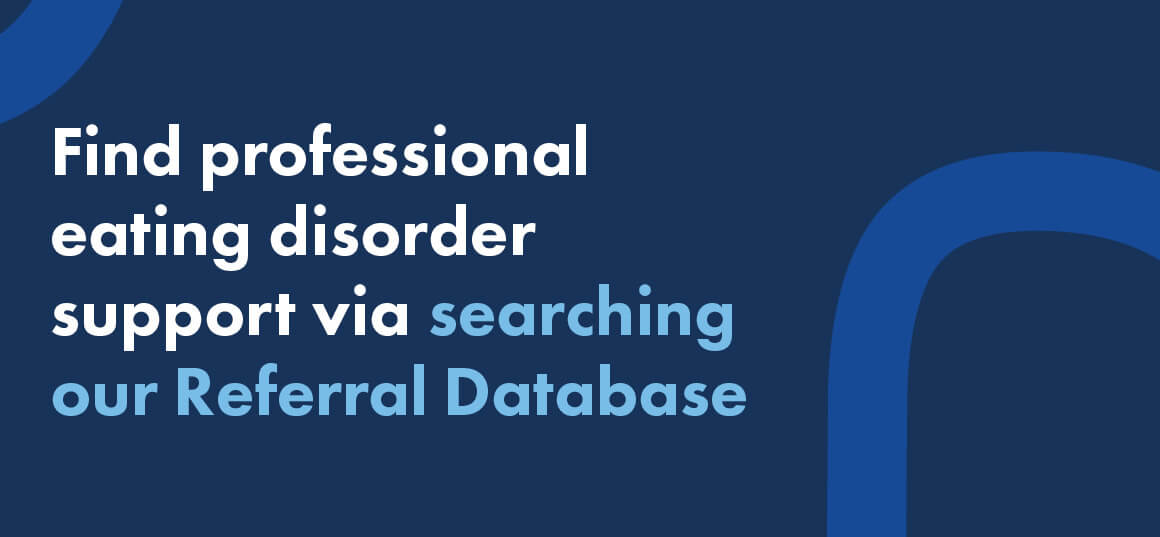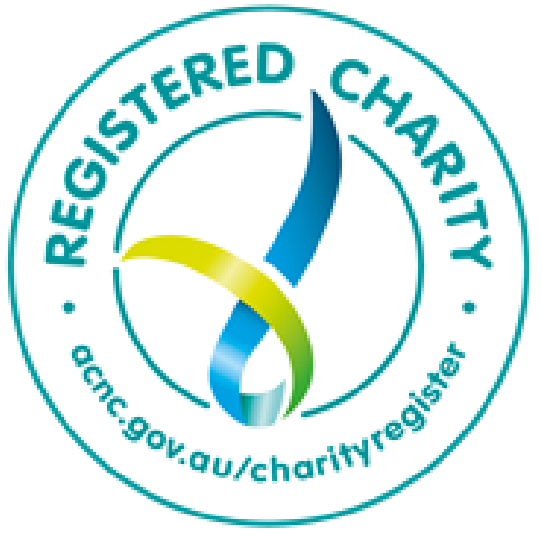Appearance-based discrimination as a human rights issue – the case for legislative reform
In historic new legislation, New York City is set to ban weight discrimination. Butterfly’s Head of Research, Knowledge and Policy Sarah Squire examines what this means for weight stigma reduction in an Australian context.
In the news recently was an announcement that New York City is set to ban weight discrimination. The historic bill will make weight and height discrimination in employment and housing illegal, with the US National Association for the Advancement of Fat Acceptance saying the measure would “encourage a larger conversation of framing this beyond health…It’s not a health issue. It’s a civil rights issue…This is really about if people are safe and protected and have the right to be in spaces”.
Weight discrimination has been banned under legislation in several US states and cities for some time, and more recently bills have been introduced in other jurisdictions, such as S.1108/H.1705 – an act prohibiting body size discrimination – in the state of Massachusetts. The STRIPED initiative at the Harvard TH Chan School of Public Health has been supporting the community to advocate for the passage of the bill through state parliament.
Stemming from weight stigma, weight-based discrimination is pervasive across society, with negative impacts for people in larger bodies across several domains of public and private life. This includes an increased risk of developing physical and mental health concerns, including depression, eating disorders, body image concerns, reduced quality of life, and increased mortality risk.
Day-to-day impacts include distress as a result of hostile and shaming behaviour, as this recent example of a passenger’s experience on a Jetstar flight makes clear. There are also impacts on workforce participation, access to housing and access to goods and services such health care. Some examples from the US are provided in this STRIPED Policy Brief.
Weight-based discrimination is one form of a broader category of appearance-related discrimination. Appearance-based discrimination refers to all physical features that a person has, or that a person is considered to have, by others. It encompasses height, weight and shape as well as other body characteristics such as facial features, scars and birthmarks.
In Australia, legal protections from appearance-based discrimination are limited.
Currently only two jurisdictions proscribe discrimination on the basis of appearance; in the Australian Capital Territory and Victoria, this is referred to in the legislation as “physical features”. In Victoria, for example, this form of discrimination refers to: height; weight; size; shape; facial features; hair; and birthmarks.
Another news story underscores the importance of this form of legal protection from unfair treatment; a man was allegedly fired from a job for being ‘too fat’, and was reportedly exploring whether he can access discrimination law as a means of redress.
In other jurisdictions, weight and other physical features are only covered by equal opportunity and anti-discrimination law if they related to a disability (including disease or illness). This may be changing in Western Australia, with a bill currently under development to recognise discrimination on the basis of physical attributes as unlawful.
Given the prevalence of eating disorders among people living in larger bodies, and the relationship between weight stigma and discrimination, appearance-based discrimination is a key concern for Butterfly. While historically eating disorders have been conceptualised as conditions affecting people of low weight, current evidence shows that eating disorders are experienced by people with a range of body types.
People in larger bodies make up more than half of all people with an eating disorder in Australia. Despite this, people in larger bodies commonly report experiences of weight stigma and discrimination in accessing treatment and support within the health system and more broadly, for example in accessing employment.
Experiences of weight stigma and discrimination in accessing health care for eating disorders is a particular concern among those in the lived experience community – it is commonly raised with Butterfly in the course of our consultations and co-production projects.
Our Eating disorders and stigma research paper contains several pertinent reflections on the impact that weight stigma has on experiences of care, for example:
“On one occasion I was told by my GP I couldn’t have an eating disorder because I was actually “overweight” and “fat”. I really feel like GPs should have some sort of general training on how to support people living with eating disorders”
“I stopped seeing doctors in the middle of my illness, I couldn’t bear to go in weekly or fortnightly for necessary medical monitoring because they were just so triggering and dismissive. It consequently made me get sicker to the point of being nearly hospitalised,”
With stigmatising attitudes embedded in cultural and social norms, strengthening state-based and federal protection from weight-based discrimination could be a promising step towards creating a just society, where people are valued and respected irrespective of their weight, size or shape.
While anti-discrimination legislation is not a complete solution for the problem of weight stigma, it is a valuable policy lever for both the exercise of individual human rights and as a symbolic statement about the kind of society Australia wants to be.
In our submission to the Draft National Stigma and Discrimination Reduction Strategy earlier this year, Butterfly recommended the addition of appearance-related discrimination the proposed reform of human rights and anti-discrimination legislation, under the pillar of ‘Foundational actions to reduce mental health stigma’.
Legislative change could be a cultural game changer if underpinned by improvements to public health promotion activity, so that it moves away from the ‘weight-centered health paradigm’. Targeted education and skill development to support body image resilience at every age and stage of life, and campaigns to transform attitudes and behaviours in real world and online environments, can also make an important contribution to change.
Butterfly will continue to deliver evidence-based programmatic responses and systemic advocacy for public investment in awareness-raising and stigma reduction.




















